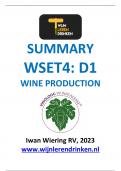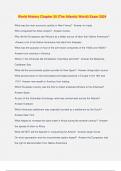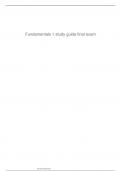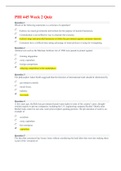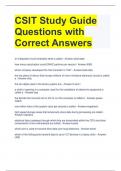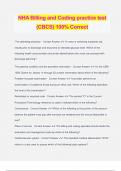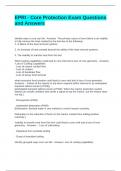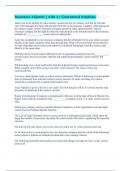Summary
WSET4 Diploma Course: Summary D1 Wine Production
- Course
- Institution
In 2023 I wrote this summary for the D1 book (Wine Production) to the WSET level 4 Diploma Course. It helped me to a Pass with Merit in december. I hope you will enjoy the benefits and wish you good luck with your exams to the level 4 Diploma.
[Show more]
